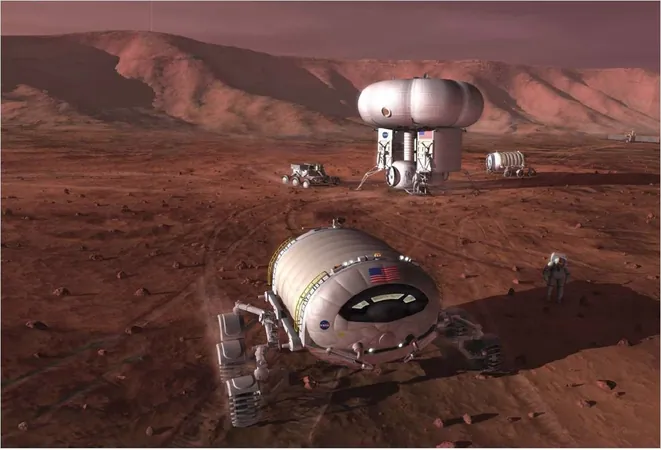
Revolutionizing Space Travel: How Magnets Could Power Life on the Moon and Mars
2025-09-02
Author: Michael
Astronauts on future missions to the Moon and Mars may soon breathe easier, thanks to groundbreaking research that unveils a more efficient method for generating oxygen in deep space.
Currently, astronauts depend on cumbersome life-support systems like those on the International Space Station (ISS), which use hefty centrifuges to separate oxygen and hydrogen from water through a process called electrolysis. On Earth, bubbles easily rise away from electrodes, but in the weightlessness of space, spinning is necessary to extract them. This process, while effective, comes with the drawbacks of being heavy, power-hungry, and unsuitable for long-duration journeys.
Now, a pioneering study led by Alvaro Romero-Calvo from the Georgia Institute of Technology, in partnership with the University of Bremen’s Center of Applied Space Technology and Microgravity (ZARM) and the University of Warwick, has introduced a revolutionary solution: magnets.
The researchers discovered that magnetic forces can direct gas bubbles in microgravity towards collection areas, eliminating the reliance on bulky centrifuges. These exciting findings were unveiled this month in the prestigious journal Nature Chemistry.
Romero-Calvo remarked, "In this paper, we demonstrate that two largely unexplored magnetic interactions—diamagnetism and magnetohydrodynamics—offer a fascinating pathway to tackle this issue and create advanced oxygen production frameworks."
Using ZARM’s impressive 479-foot-tall drop tower in Bremen, Germany, the team successfully tested their innovation, achieving an astounding 240% increase in bubble detachment efficiency. This breakthrough could significantly enhance electrolysis cells, proving vital for oxygen generation on long missions.
"After four years of dedicated research, demonstrating that magnetic forces can manipulate electrochemical bubbly flows in microgravity marks an exhilarating leap towards more efficient spacecraft life-support systems," Romero-Calvo stated enthusiastically.
This groundbreaking concept originated from Romero-Calvo’s doctoral thesis and gained momentum through support from the NASA Innovative Advanced Concepts (NIAC) program, paving the way for a new era in space exploration.

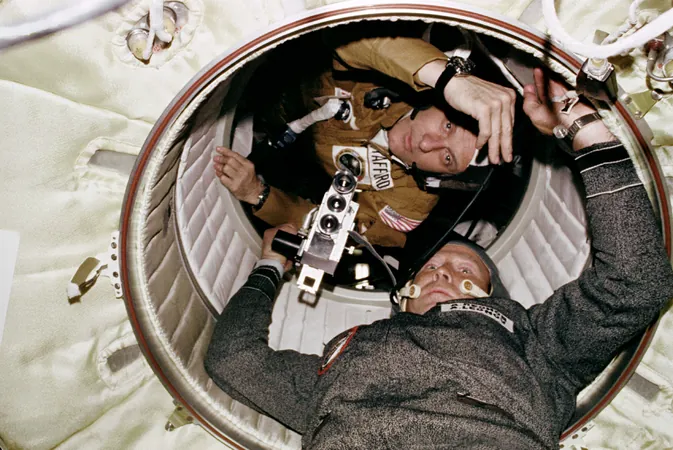
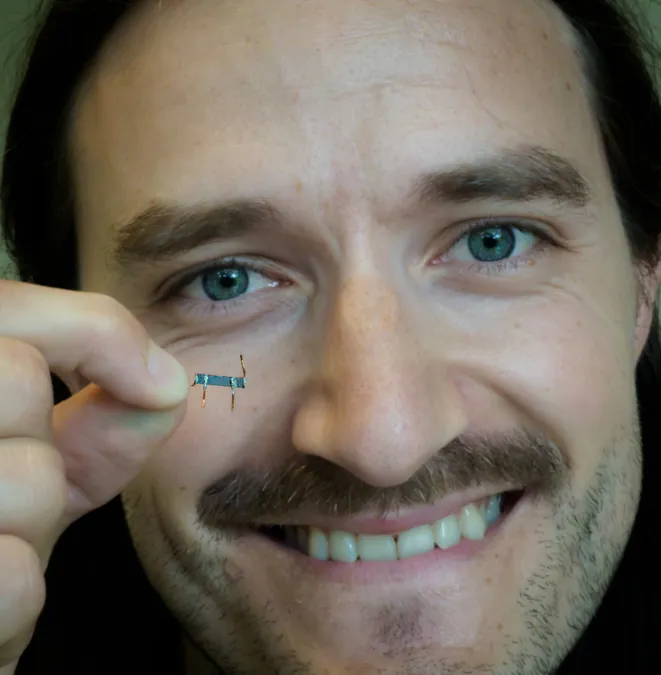


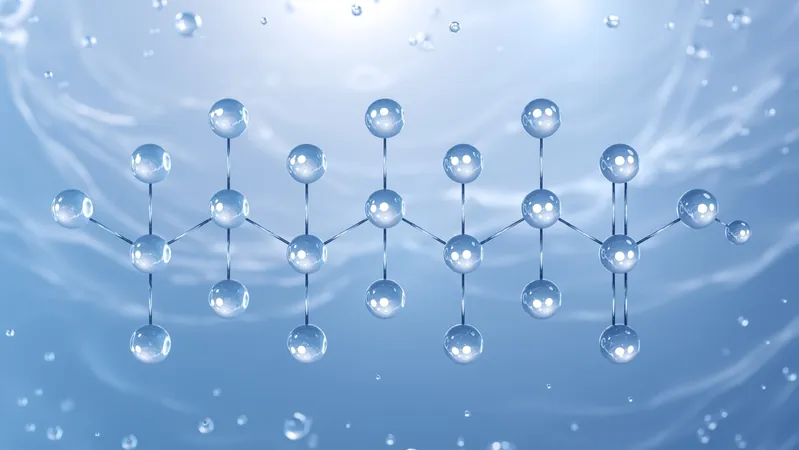
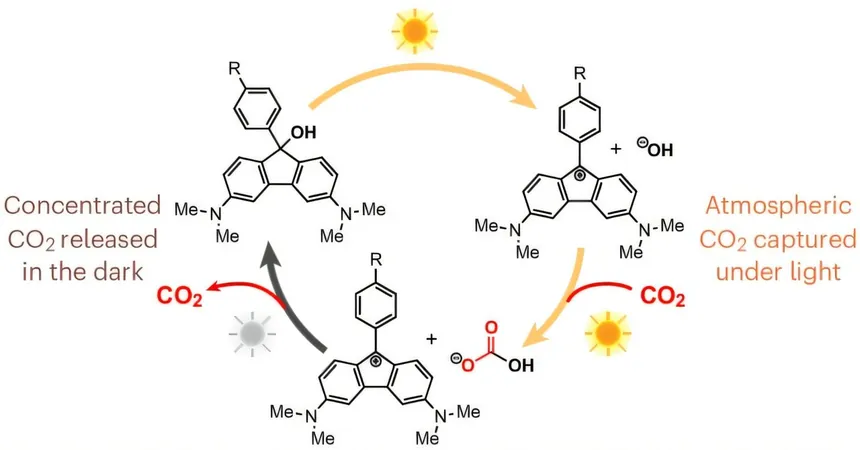


 Brasil (PT)
Brasil (PT)
 Canada (EN)
Canada (EN)
 Chile (ES)
Chile (ES)
 Česko (CS)
Česko (CS)
 대한민국 (KO)
대한민국 (KO)
 España (ES)
España (ES)
 France (FR)
France (FR)
 Hong Kong (EN)
Hong Kong (EN)
 Italia (IT)
Italia (IT)
 日本 (JA)
日本 (JA)
 Magyarország (HU)
Magyarország (HU)
 Norge (NO)
Norge (NO)
 Polska (PL)
Polska (PL)
 Schweiz (DE)
Schweiz (DE)
 Singapore (EN)
Singapore (EN)
 Sverige (SV)
Sverige (SV)
 Suomi (FI)
Suomi (FI)
 Türkiye (TR)
Türkiye (TR)
 الإمارات العربية المتحدة (AR)
الإمارات العربية المتحدة (AR)